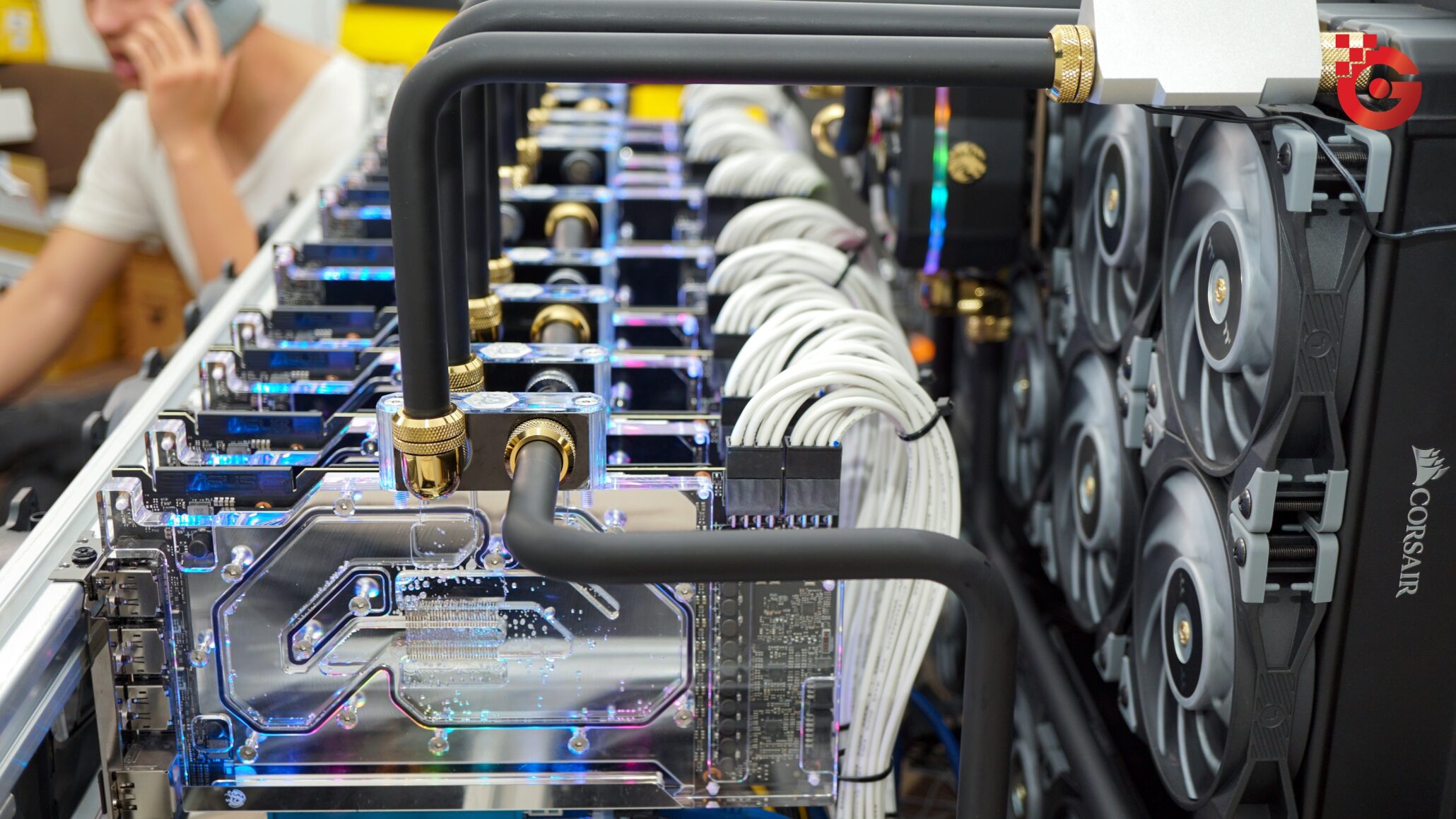Introduction
Cryptocurrencies have gained immense popularity in recent years, and mining plays a crucial role in their creation and verification. Mining is the process of solving complex mathematical problems to validate transactions and add them to the blockchain. In return for their efforts, miners are rewarded with newly minted cryptocurrency. This blog aims to provide beginners with a comprehensive guide to crypto mining, covering everything from the basics to hardware considerations and energy consumption.
What is Crypto Mining?
Cryptocurrency mining involves using powerful computers to solve complex mathematical puzzles. These puzzles secure the network, validate transactions, and create new blocks on the blockchain. Miners compete to solve these puzzles, and the first one to find the solution broadcasts it to the network for verification.
Understanding Blockchain and Consensus Mechanisms
Blockchain is a decentralized ledger that records all transactions in a transparent and immutable manner. Consensus mechanisms like Proof of Work (PoW) or Proof of Stake (PoS) determine how the network reaches agreement on the validity of transactions. PoW is the most common mechanism used in mining, whereas PoS relies on holding coins as a stake.
Hardwares Essential For Crypto Mining
a. CPU Mining:
Central Processing Units (CPUs) were the first mining hardware used. While CPUs are versatile, they lack the computational power required for efficient mining.
b. GPU Mining:
Graphics Processing Units (GPUs) quickly replaced CPUs due to their superior processing power. GPUs are ideal for mining certain cryptocurrencies like Ethereum.
c. ASIC Mining:
Application-Specific Integrated Circuits (ASICs) are purpose-built mining devices designed to perform mining calculations with incredible speed and efficiency. ASICs dominate the mining industry for Bitcoin and other cryptocurrencies.
Mining Software and Pools
Mining software connects your hardware to the mining network and allows you to control the mining process. It communicates with the blockchain and helps you monitor your mining activities. Joining mining pools is a popular option for small-scale miners as it allows for collective mining efforts and a more consistent payout.
How is Profitability in Crypto Mining Calculated?
Several factors influence mining profitability, such as the cost of electricity, mining difficulty, and the price of the mined cryptocurrency. Various online calculators can help estimate potential earnings and determine whether mining is a viable option.
Energy Consumption and Environmental Impact
Crypto mining is energy-intensive, and concerns have been raised about its environmental impact. Bitcoin mining, in particular, requires significant electricity consumption. According to Techopedia, as of May 2023, the global Bitcoin network’s hash rate reached 194 exahashes per second (EH/s), indicating the computational power involved in mining Bitcoin. The energy consumption of Bitcoin mining has been a subject of discussion, with estimates indicating that the global Bitcoin network consumes approximately 97 TWh of electricity annually.
Efforts are being made to address the environmental impact of mining. The industry is exploring alternative consensus mechanisms, such as Proof of Stake (PoS), which requires less energy compared to Proof of Work. Additionally, advancements in renewable energy sources are being leveraged to power mining operations, reducing reliance on fossil fuels.
Market Trends and Outlook
The cryptocurrency mining hardware market is expected to witness growth as the demand for mining equipment increases. According to a report from Yahoo Finance, the global cryptocurrency mining hardware market is projected to grow at a CAGR of over 10% between 2021 and 2026. This growth can be attributed to the rising adoption of cryptocurrencies and the need for efficient mining equipment.
Conclusion
Crypto mining provides an opportunity to participate in the creation and maintenance of decentralized digital currencies. Understanding the basics of mining, selecting suitable hardware, and considering the environmental impact are crucial for beginners. As the industry continues to evolve, staying updated with the latest trends and technologies will be key to successful mining endeavors.
Disclaimer: The information provided in this blog is for educational purposes only and should not be considered as financial or investment advice. Cryptocurrency mining involves risks, and individuals should conduct thorough research and consider their circumstances before engaging in mining activities.

